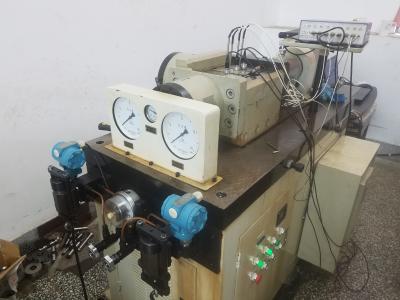Signal Processing

Noisy speech and ideal binary mask estimates for the SPN-ASI repository.
- Categories:
 285 Views
285 Views
The Badminton Activity Recognition (BAR) Dataset was collected for the sport of Badminton for 12 commonly played strokes. Besides the strokes, the objective of the dataset is to capture the associated leg movements.
- Categories:
 2796 Views
2796 Views
We establish a new large-scale benchmark that contains 30 ground-truth images and 900 synthetic underwater images of the same scene, called synthetic underwater image dataset (SUID). The proposed SUID creates possibility for a full-reference evaluation of existing technologies for underwater image enhancement and restoration.
- Categories:
 10227 Views
10227 ViewsThis dataset presents the measurements corresponding to the article "Validation of a Velostat-Based Pressure Sensitive Mat for Center of Pressure Measurements". You will find the data corresponding to an affordable commercial mat, a Velostat-based mat prototype, and a commercial force platform. The results obtained in the above-mentioned article can be reproduced with them.
- Categories:
 689 Views
689 ViewsTen volunteers were trained through a series of twelve daily lessons to type in a computer using the Colemak keyboard layout. During the fourth-, eight-, and eleventh-session, electroencephalography (EEG) measurements were acquired for the five trials each subject performed in the corresponding lesson. Electrocardiography (ECG) data at each of those trials were acquired as well. The purpose of this experiment is to aim in the development of different methods to assess the process of learning a new task.
- Categories:
 1308 Views
1308 ViewsWe introduce a new database of voice recordings with the goal of supporting research on vulnerabilities and protection of voice-controlled systems (VCSs). In contrast to prior efforts, the proposed database contains both genuine voice commands and replayed recordings of such commands, collected in realistic VCSs usage scenarios and using modern voice assistant development kits.
- Categories:
 1939 Views
1939 ViewsThis Dataset contains EEG recordings from epileptic rats. The genetic absence epilepsy rats (GAERS) are one of the best-established rodent models for generalized epilepsy. The rats show seizures with characteristic "spike and wave discharge" EEG patterns. Experiments were performed in accordance with the German law on animal protection and were approved by the Animal Care and Ethics Committee of the University of Kiel.
- Categories:
 1510 Views
1510 Views
signal data
- Categories:
 123 Views
123 Views




